Psychological analysis of positive affirmations, meditation and gratitude – Part 2
Biological Bases of Meditation
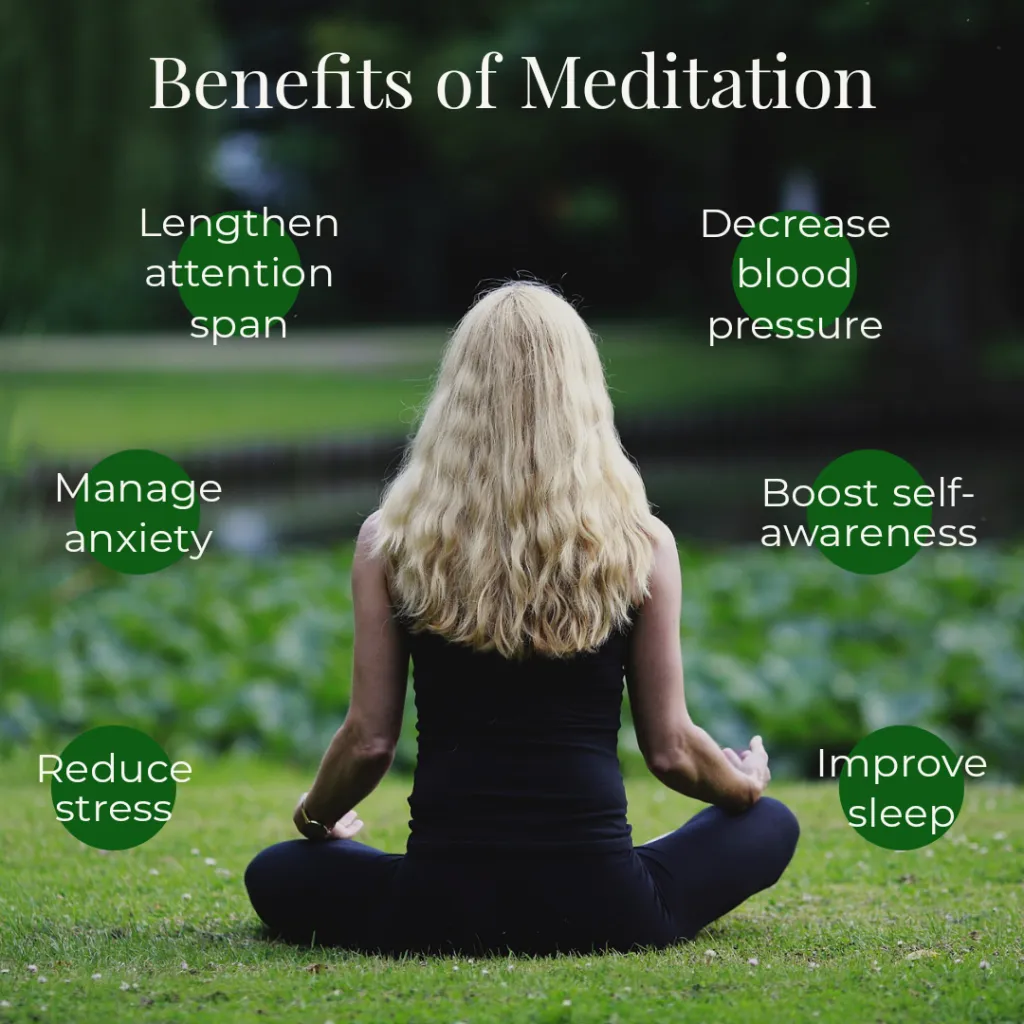
Meditation is a process of intentionally focusing your full attention on the present moment. You may practise it while sitting, lying down, walking or just any comfortable position that suits you. You may visit other sites to learn more about meditation. Meditation is used as relaxation therapy, spiritual practice and or mere relaxation. The whole essence of it is to sustain or improve mental well-being that relates to a substantial sense of tranquillity and bliss.

Meditation involves attentional regulation and may lead to increased activity in brain regions associated with attention such as the dorsal lateral prefrontal cortex (DLPFC) and anterior cingulate cortex (ACC) (Science Daily, 2018)

During meditation, it is expected that you breathe in and out deeply. While doing so, as shown in research by Amsterdam University (2011), the receptor in the prefrontal cortex (that regulates attention and concentration) is stimulated, which successively stimulates the right frontal cortex, and then sequentially activates other areas of the brain, including the precuneus, the left amygdala, and the left insula. This process involves interactions between awareness (frontal cortex and insula) and the “feeling part” (amygdala) of the brain.). These processes enable the release of epinephrine, cortisol, melatonin and serotonin that help to boost mood, healthy sleep, and coping mechanisms for stress by inducing calmness.
Consequently, the processes inhibit the function of the bilateral amygdala and areas of the left frontal cortex that create a sense of urgency and need to survive at all costs associated with fear and aggression. When the right frontal cortex has a sufficient amount of stimulation, it affects the precuneus which is the portion of the superior parietal lobule that regulates perception and awareness.
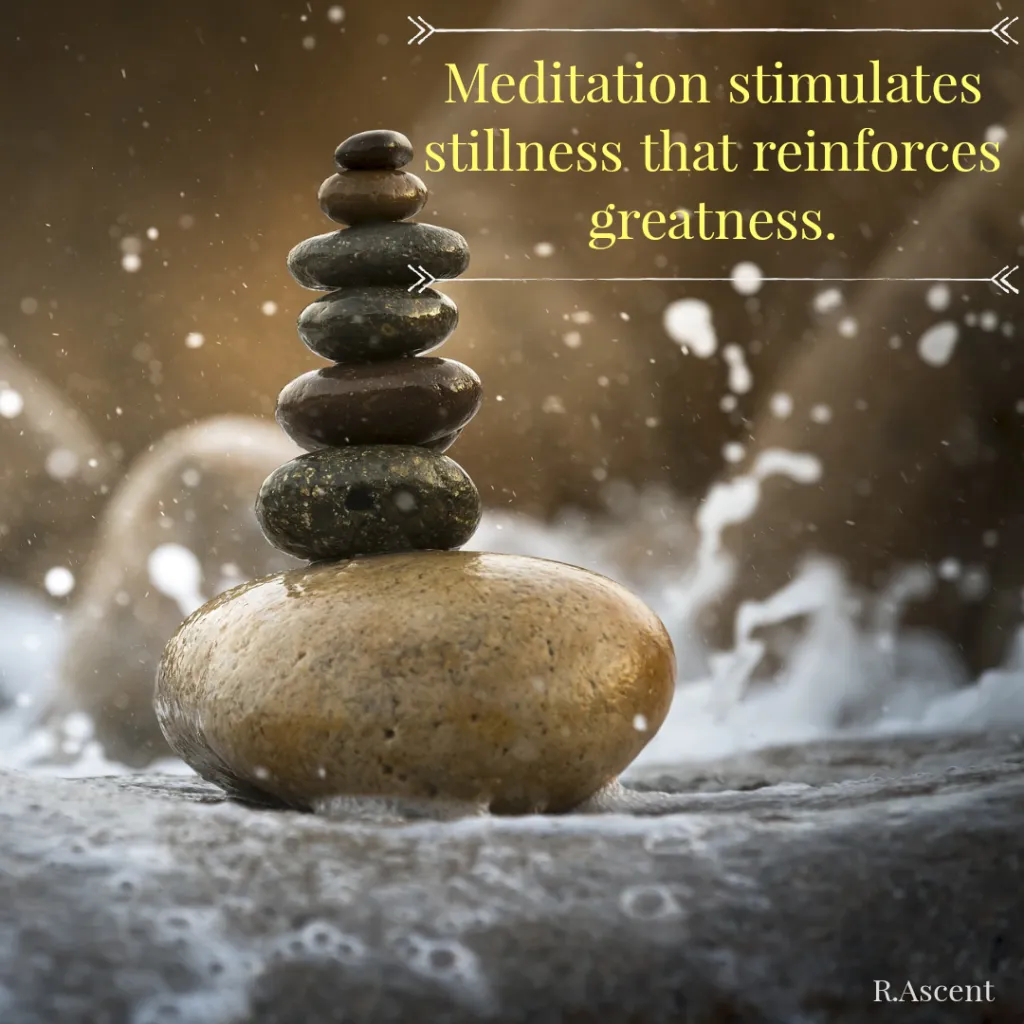
The implication of this is that meditation practice, based on the neural processes involved, significantly weakens the amygdala’s ability to dominate the expression of your emotions. This happens through the decline of the amygdala in physical size; another way is that the connections between the amygdala and the parts of the cortex associated with fear are mitigated, while links associated with higher-order brain functions (i.e. self-awareness) are heightened. Therefore, your capacity for introspection, self-awareness, pain, tolerance, emotional regulation, and awareness is improved, which is vital to enable you to cope effectively with everyday hassles and stressful events.
Psychological Analysis of Gratitude
Biological basis of gratitude

Gratitude is a process and quality of acknowledging the favours and pleasurable things in our possession and lives generally. Some people will say it is a means of recounting our blessings. You must have come across spiritual teachers, positive psychologists and holy books telling you that the key to your success and or happiness is giving gratitude.
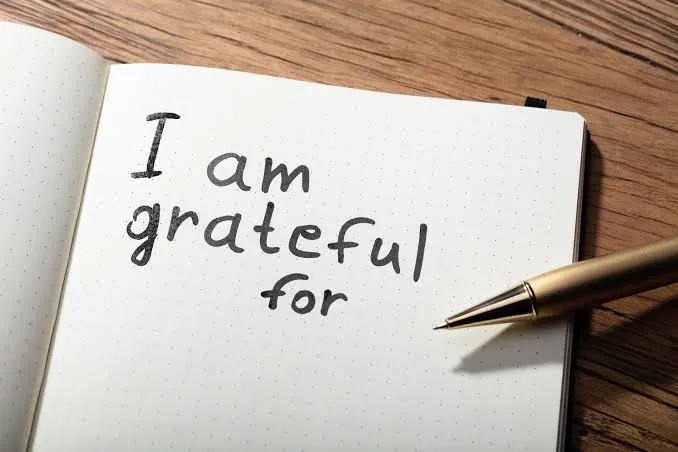
But really how does gratitude get to influence our state of well-being? Here is how it works, gratitude involves relating our thoughts to pleasant emotions. Pleasant emotions keep us energised and self-driven. The normal process of gratitude is thinking about a thing or experience or someone that has stimulated the sweetness of our emotions. It is understandable that sometimes we offer gratitude for things we are yet to even experience but the reality is, to be grateful is to allow the thoughts of something we find appealing to dwell in our mind and to do this is shifting to a “pleasant” state of mind.

So, whether expressing gratitude for what you find good in life or being grateful to someone who has helped you on a project, to do this requires you to be mentally alert, conscious and intentional, this process involves stimulation of the neocortex area of the brain, which engages neural circuitry in our brain (stem) to then trigger the release of dopamine. . Dopamine makes us feel good!
This process is more effective and or recurrent if you nurture your mind with “dosages” of meditations. Just as you have come across in this write-up, meditation fosters a sense of gratitude because the neocortex functioning is heightened, making it easier to gain access to exciting long-lasting memories that we can feel good about and be grateful for, by stimulating the visual cortex. The more pleasant and constructive thoughts, the more pleasant hormones released to maintain or improve our happy state of mind, self-esteem and a further sense of gratitude. These practices are great ways to nurture your brain. The result of all of these practices has an immensely positive impact on the brain, increasing its effective functioning and making it yield to your commands, as you optimise it for your self-growth in all areas of life.
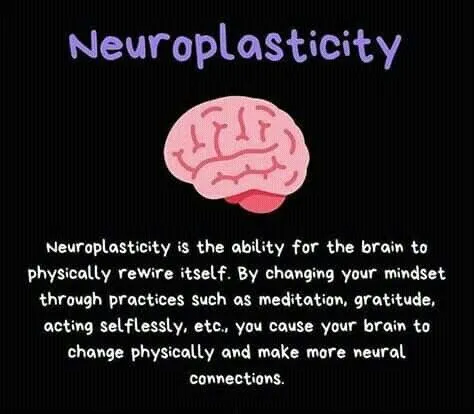
How to enhance your mental well-being with meditation and gratitude
Meditation, gratitude and positive affirmations are powerful techniques that create soothing effects on the brain and mind. To benefit greatly from these techniques, you must perceive the practices as a means and not the goal, as a process and not the outcome, and as continuous not static. The recommendation is that you immerse yourself in these practices every day. That is all it takes to regulate your emotions with these practices.
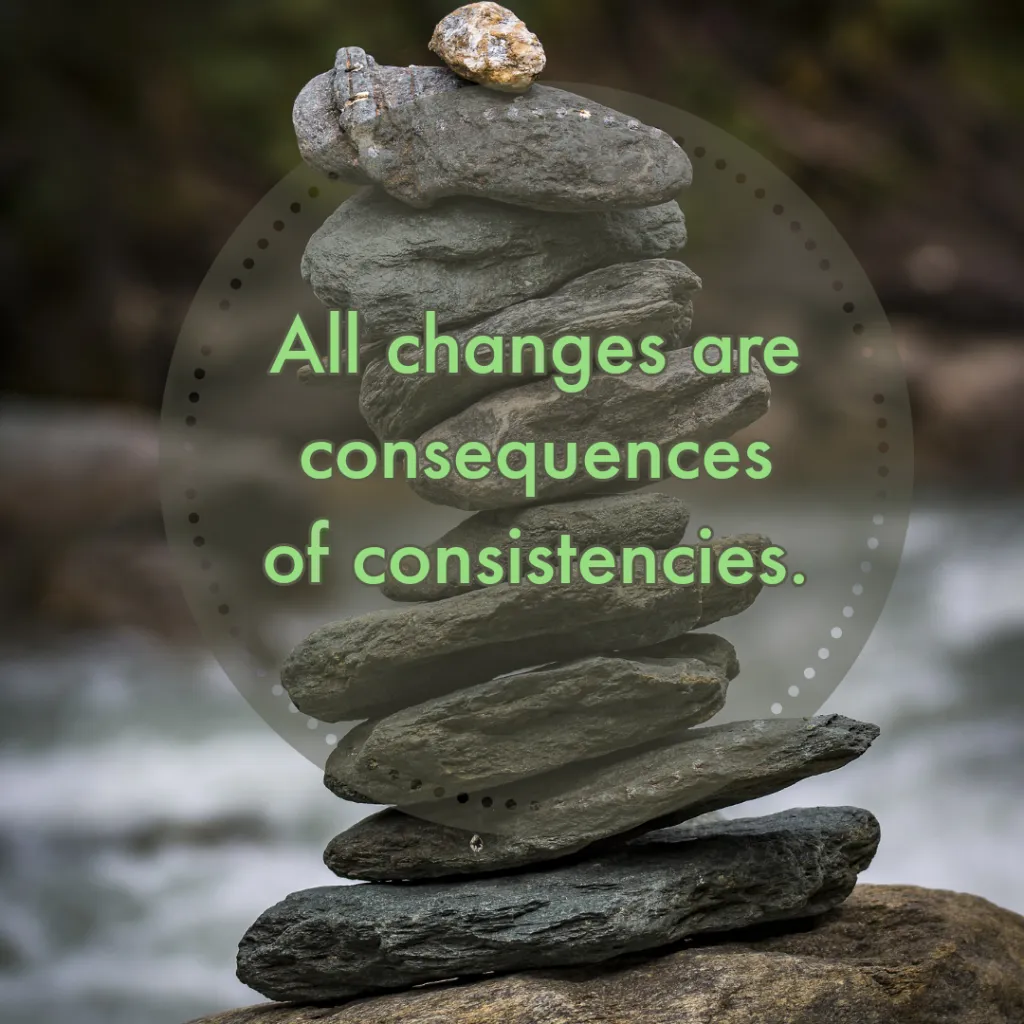
Some of our clients practise affirmation and gratitude every morning and night and they schedule their meditations for the morning and evening. They have used these practices to manage stress, emotional distress, anger and grief. These practices must be observed as processes that stimulate another level of process (proactive action) that you must follow through, once you do, you have in-build in yourself quality resilience that helps you cope effectively and rise even higher after every fall.

You should note that for any substance or practice to have an effect on your body system. It must have interacted with your body system, causing neural and chemical changes within your body system. So to make any of these or similar practices have positive effects on you, you must actively engage in them in a way that they stimulate your brain to process the information as electrical signals. Only then will a related response be produced. So if you are observing little or no satisfactory responses from these practices, then you know that the interaction still needs to be established.
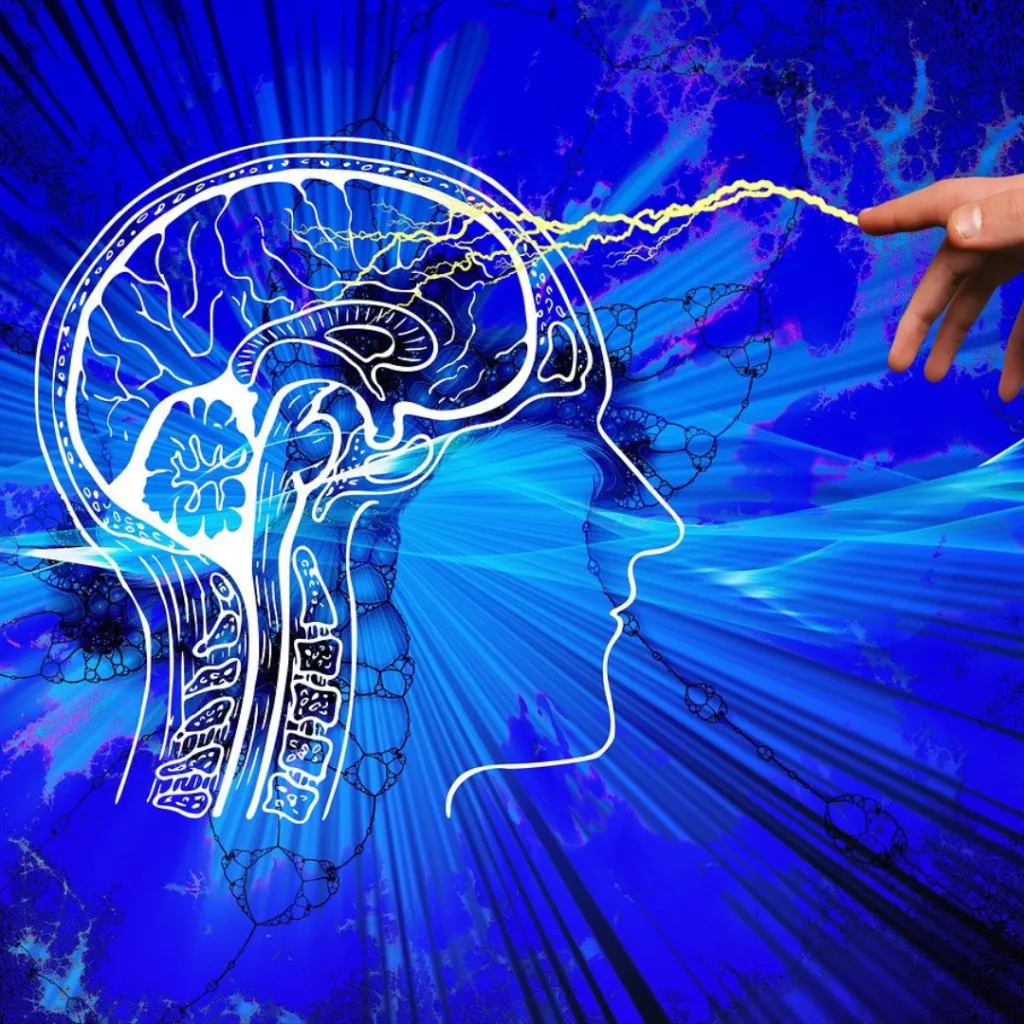
With this insight, I am sure that you now have the most powerful irreplaceable magic wand (positive affirmation, meditation and gratitude) to break all forms of spells (encountered problems or challenges.)

“Meditation for me is a way to purify, quiet and uplift myself. Gratitude for me is a way to rejuvenate and celebrate life. On the other hand, I adopt positive affirmations in creating and multiplying.”
Arogi Foundation
Arogi Trauma Care Foundation (ATCF) is like the silver lining in a dark cloud, making free counselling and therapy accessible to traumatised individuals, bringing healing to those who are hurting and helping people lift up burdens of pain, Read More>>









